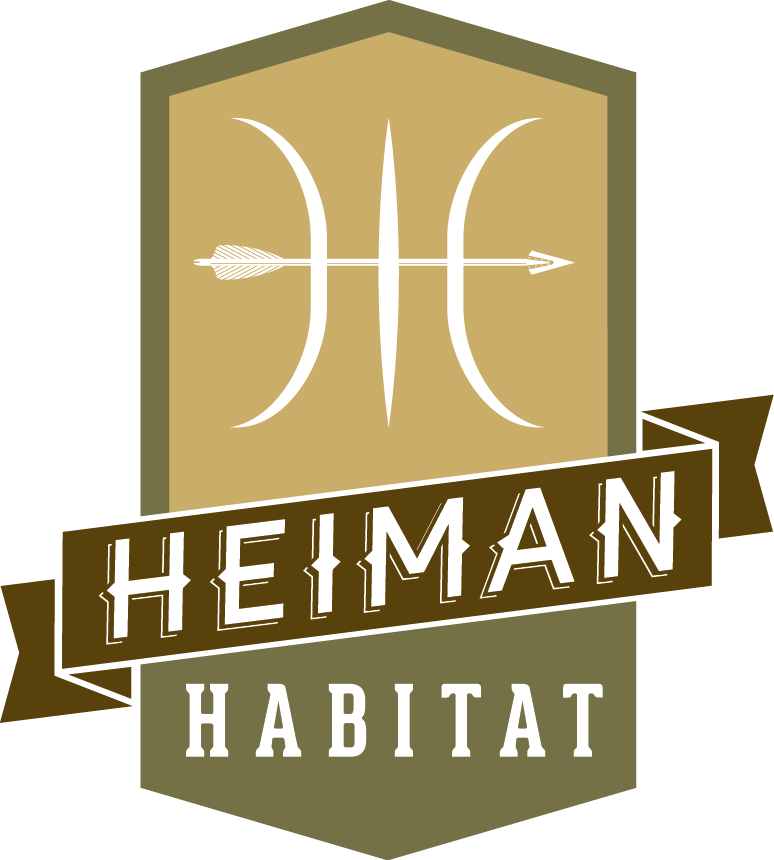During this extended bushfire crisis, we’ve seen some of the best examples of human endurance and selflessness, with extraordinary efforts among people trying to help where they can. This includes assistance to our wildlife, some species of which are under real threat. As an environmental scientist, I see the scale of the fires and I’m fearful that, for some species, these bushfires may be an extinction event.
While I’m heartened by the actions of many to save our injured wildlife, some examples demonstrate the level of disconnection that exists between humans and their environment.
For example, I’m left scratching my head at reports that some people are going out of their way to save brumbies from the fires. This feral introduced vertebrate has been devastating our high country’s ecosystem for over a hundred years. Indeed, in the weeks before the fires, the Snowy Mountains Highway was closed for a period due to the number of brumbies near, or on the road, and the associated risk of road crashes. Meanwhile, I wonder what’s happening to the critically endangered population of Corroboree frogs? Their existence already hung by a thread in Kosciuszko National Park, in part due to the hoof trampling of their sub-alpine bog habitats - and they’re now facing the added threat of this fire event. I’d suggest they are a far worthier candidate than brumbies to single-out for attention.
Meanwhile, a recent social media post reported efforts by one individual to assist a fire-affected bat. This person ended-up requiring medical attention against disease – and expressed considerable surprise at this fact.
Now, I’m not suggesting that bats aren’t worthy of help. However, you’d need to have been living in a cave to have missed ongoing press coverage concerning the risk of Hendra Virus. This virus has been known to spread from flying foxes, through horses, to their owners. Horses may be infected by eating food recently contaminated by flying fox urine, saliva or birth products. While there’s no evidence that the virus can spread directly from flying foxes to humans, or through the faeces of flying foxes to humans, there’s reason enough to be cautious. Then there’s the risk of Histoplasmosis, Leptospirosis, Salmonella and let’s not forget Australian bat lyssavirus (ABLV). ABLV is essentially Australia’s version of Rabies and is usually fatal! It’s so bad that it has to be reported to biosecurity officials.
The fact is that only rabies-vaccinated people should handle live bats. Otherwise, post-exposure rabies vaccinations and other treatments may be necessary in the event that you get bitten or scratched. Most bat bites and scratches in Queensland occur when people try to help sick or injured bats as they are difficult to handle, become agitated, and they have sharp teeth and claws. If you are bitten or scratched by a bat, wash the wound thoroughly, apply antiseptic and seek immediate medical advice.
Whether you’re dealing with a bat, or another aspect of our wild environment, it pays to think closely about what you are actually trying to achieve. There’s no room for half measures when it comes to preservation of flora and fauna. You need to know what you’re doing, why, and what the flow-on effects might be: whether to you, or to the environment itself. Well intentioned actions may make you feel better about what’s happening around you, but they need to be informed by professional advice and guidance. If not, your fairy-tale ending could wind-up in a horror movie.
Note: If you find a sick or injured wild animal, contact your nearest veterinarian or licensed wildlife carer organisation as soon as possible so that it may receive appropriate treatment. Wild animals become stressed by handling, so seek expert advice before handling an injured animal. Try to minimise the amount of exposure the injured animal has to people and loud noises. Do not attempt to feed or treat it unless you have specialist knowledge or training.
Note: if you wish to share this post to FaceBook please copy and paste the URL



